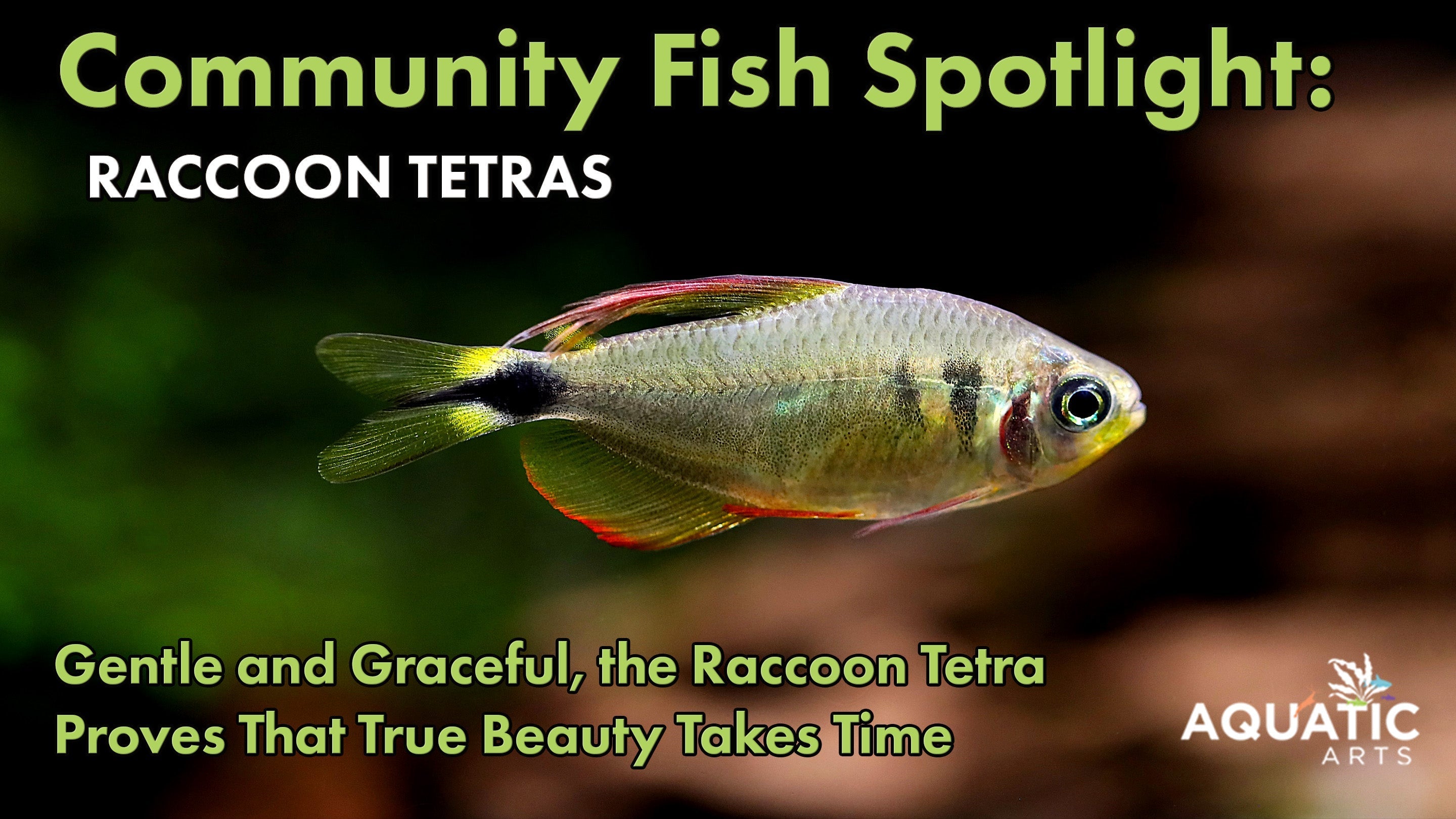Forward from Content Creator:
As an enthusiast of freshwater aquatics, the Batik snail has always fascinated me. Their vibrant hues and captivating patterns make them distinct in the aquatic world. Join me on this journey as we explore these exquisite creatures, understanding their origins, aesthetic charm, the joys of keeping them, and essentials for their care.
3
Adaptation to Varying Salinity: These snails possess an incredible ability to adapt to changing salinity levels. They can thrive in both freshwater and brackish environments, showcasing their adaptability to varying water conditions.
2
Origins of Batik Snails (Neritina variegata):
Hailing from both freshwater and brackish ecosystems of Southeast Asia, thriving in Thailand's waters, Batik snails captivate enthusiasts with their stunning appearance. These small yet captivating creatures boast vibrant patterns and a beautiful array of colors, offering a glimpse into nature's love for intricate beauty in aquatic settings.
3
Niche Habitat Specialists: Batik snails are known to occupy specific microhabitats within their native ecosystems. They exhibit a preference for sheltered areas like the undersides of leaves, where they graze on algae and detritus, contributing to the ecosystem's cleanliness
2
The Colors and Patterns:
Batik snails charm with their rich variety of colors and intricate patterns. Their shells showcase a diverse spectrum of hues, ranging from deep blues and vibrant oranges to earthy browns. Each snail displays a distinct pattern of lines, spots, and swirls, akin to nature's artistic creation.
3
Essential Care Guidelines for Batik Snails:
Optimal Water Parameters: Sustaining stable water conditions proves paramount for the well-being of Batik snails. Maintaining a pH level between 7.0 and 8.0, coupled with a temperature range of 72-78°F (22-26°C), establishes an ideal environment for their thriving existence.
Adequate Tank Size: To accommodate the explorative nature of these snails, a minimum tank size of 5 gallons is recommended. Providing ample space for their movement and foraging endeavors ensures their contentment within the aquatic habitat.
Nutritional Requirements: Embracing their herbivorous tendencies, Batik snails predominantly subsist on algae and biofilm. Supplementing their diet with algae wafers or blanched vegetables, such as zucchini or cucumber, fulfills their nutritional needs.
4
Unique Shell Maintenance: Batik snails exhibit intriguing behavior when it comes to maintaining their shells. They are known to scrape their shells against hard surfaces to remove algae and debris, contributing to their striking appearance and preserving shell health.
4
Compatible Tankmates: Harmonious cohabitation thrives when Batik snails share their space with tranquil fish species like small tetras, rasboras, or peaceful dwarf cichlids. It's imperative to avoid aggressive or predatory companions that may pose a threat to these delicate creatures.
4
Intriguing Locomotion: While these snails primarily move with the help of their muscular foot, they also exhibit a peculiar behavior known as "surfing." During water changes or disturbances, they may float at the water's surface, allowing them to move across the tank using surface tension, showcasing an unusual mode of locomotion.
2
Q&A on Batik Nerite Snails (Neritina variegata)
Q: What other names do Batik Nerite Snails (Neritina variegata) go by?
Batik Nerite Snails are known by several names, including Dyed Jade Snails, Tattoo Snails or Painted Snails due to their vibrant colors and striking patterns resembling dyed or painted fabric.
1
Q: How long do they live?
A: Under proper care and conditions, Batik Nerite Snails have a relatively long lifespan for aquarium snails, living between 1.5 to 2.5 years on average. However, exceptional care and optimal tank conditions can sometimes extend their lifespan up to 4 years.
1
Q: How important is supplemental calcium for Batik Nerite Snails?
A: Supplemental calcium is crucial for Batik Nerite Snails as it aids in shell growth and maintenance. Their shells are primarily composed of calcium carbonate, and a deficiency in calcium can lead to shell erosion or deformities. Ensure a balanced diet that includes calcium-rich foods or provide calcium supplements specifically designed for aquarium snails.
1
Q: How many can I keep in my tank to be effective algae cleaners?
A: The number of Batik Nerite Snails needed for efficient algae cleaning can vary based on tank size and the algae growth rate. As a general guideline, having 1 to 2 snails per 5 gallons can help control algae growth effectively. However, avoid overstocking to prevent issues related to excess waste production.
1
Q: What could stress them out in my aquarium?
A: Several factors can stress Batik Nerite Snails in an aquarium setting. Fluctuations in water parameters such as sudden changes in temperature, pH, or water hardness can stress them. Additionally, aggressive tankmates, poor water quality, inadequate diet, or insufficient hiding places can cause stress. Providing a stable environment and suitable conditions is crucial for their well-being.
1
Q: Compared to other algae-eating snails, why is Batik Nerite Snail (Neritina variegata) a better choice?
A: Batik Nerite Snails stand out among other algae-eating snails due to several reasons. Firstly, they are renowned for their voracious appetite for various types of algae, including stubborn varieties like green spot algae and soft green algae. Their efficiency in consuming algae helps in maintaining a cleaner tank environment.
Moreover, unlike some other snail species, Batik Nerites are less likely to overpopulate in freshwater aquariums. They do not reproduce in freshwater, requiring brackish or marine conditions for their eggs to hatch successfully. This characteristic prevents potential issues associated with snail overpopulation.
Additionally, Batik Nerite Snails are peaceful and non-aggressive, making them suitable tankmates for a wide range of fish species and other aquatic inhabitants. Their docile nature ensures they contribute positively to the tank's ecosystem without posing a threat or causing disturbances.
1

Breeding Mystery: Despite their presence in freshwater aquariums, Batik snails' breeding habits in the wild remain enigmatic. While they do not breed in freshwater, their larvae require brackish or marine conditions to develop, making the entire breeding process challenging to observe in captivity.
2
The allure of Batik snails extends far beyond their striking appearance, weaving a narrative of symbiotic existence within freshwater ecosystems. As we celebrate the enchanting beauty of these creatures, let us cherish their role as nature's custodians, enriching our aquatic landscapes and inviting us to appreciate the delicate balance they effortlessly maintain. Embracing Batik snails within our aquascapes unveils not just their aesthetic charm but also their significant contributions to the captivating world beneath the water's surface.










